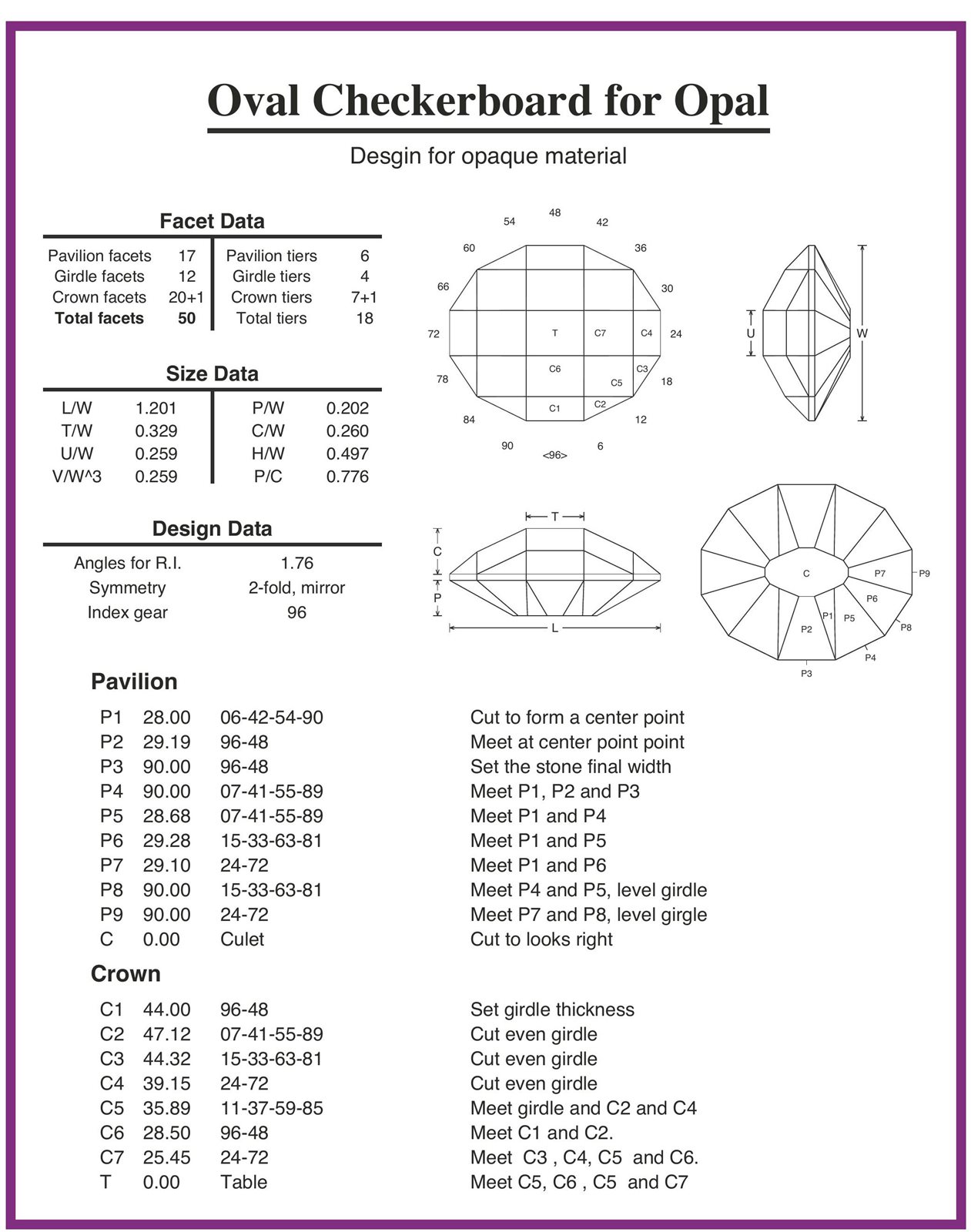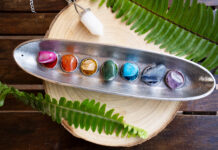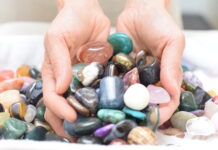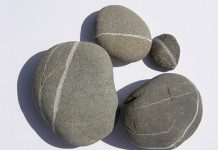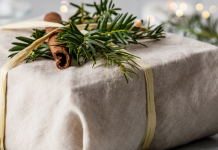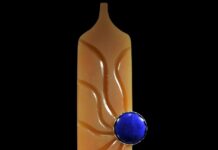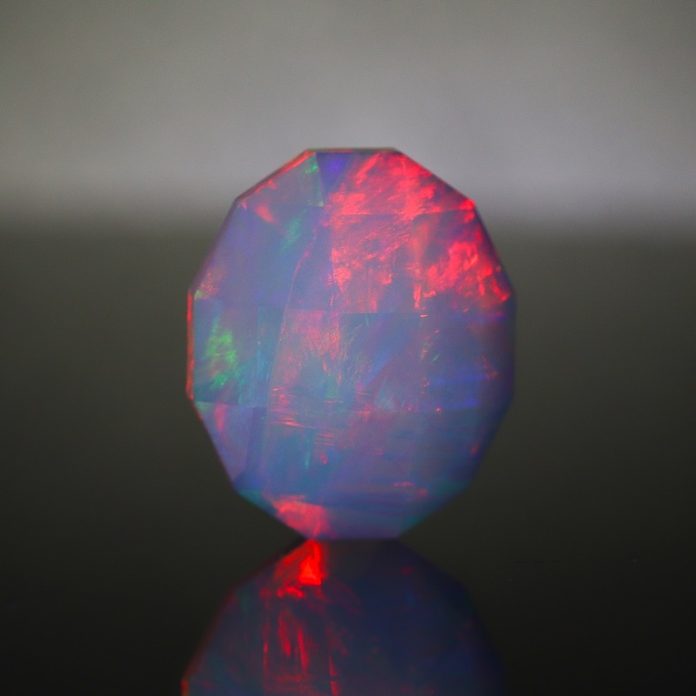
Faceted opaque gemstones present a much more elegant look than a cabochon. The shape of the design is reminiscent of a cabochon, but it is faceted. It provides distinctive flashes from the facet faces. This style of gemstone is not used in jewelry on a regular basis but is striking when it is set in a beautiful piece of jewelry. This design allows for a greater variety of lapidary materials to be used since light return and scintillation are not a concern.
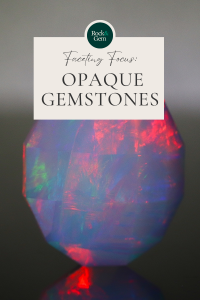
Some of my favorite opaque gemstones for faceting include tiger’s eye, chalcedony, turquoise, fossil material, and opal. Welo opal from Ethiopia is the gemstone used in this faceting example. This design allows the faceted faces to flash the play of color in a more complex pattern than a simple cabochon. As beautiful as this design is in this material, there are a few things to consider when faceting Welo opal.
Welo Opal Considerations
Welo opal is a hydrophane opal, which means that it absorbs water. This requires additional steps and special care. First, the outer skin, or potch, needs to be removed. This is done with a series of wheels on the Diamond Pacific Genie.
Once the potch is removed, the opal is brought up to a polish. During this process, the opal will start to lose its color as it absorbs water from the carving and polishing process. To check for the opal’s stability, it is soaked in water overnight until it becomes completely clear. The opal is then inspected for faults and cracks that would make it unfit for faceting. It is then placed at room temperature in a shaded location for several days until its original color returns. Once inspected and deemed free of faults and cracks, the opal is ready for faceting.
Avoid using heat with opal and use glue for dopping. The hydrophane opal must be faceted quickly because it will start to absorb water which will expand the stone and release it from the dop.
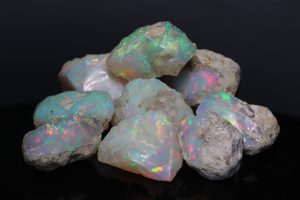
Opaque Gemstones Care Instructions
- Allow the opal to return to its original color before photographing or selling.
- Inform the jeweler setting the opal that any colored liquids, dyes, colored tissue paper, or dirty fingers will change the color of the opal permanently.
- The hydropahane opal, when set in jewelry, cannot rest on the wearer’s skin because it will pick up natural body oils and turn yellow. The opal must be set in a fashion that it is elevated off the person wearing it.
- Opals should be cleaned with a damp, clean, micro-fiber cloth.
- Opals are softer than most gemstones and are not appropriate for daily wear as a ring.
- The purchaser should be informed about the absorbent nature of opals and how to care for their new stone.
You can enjoy more of Mark’s gemstone work at Hashnu Stones.
If you have questions about this article or getting started in gemstone faceting, please contact Mark.
|
|
This story about opaque gemstones previously appeared in Rock & Gem magazine. Click here to subscribe. Story and photos by Mark Oros.


